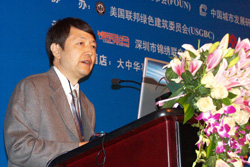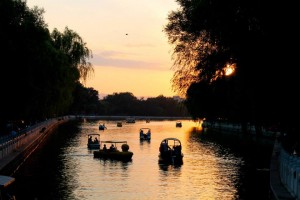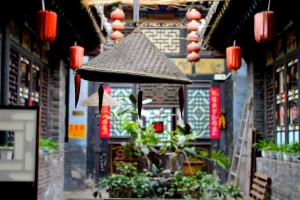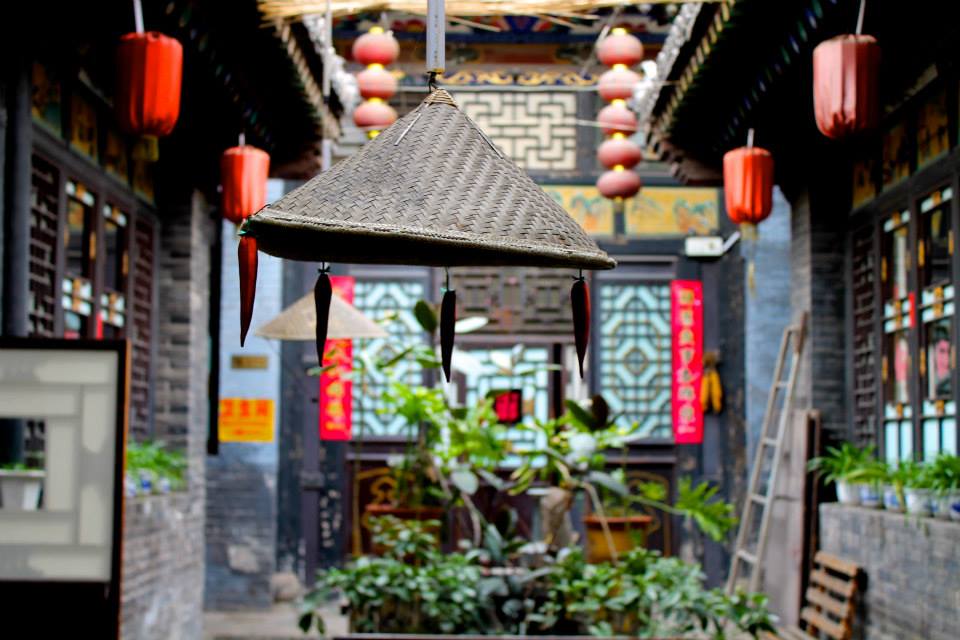For the past month since I have returned from China I have begun on the postproduction phase of my project. I have basically spent the month transcribing the interviews that I filmed while in China. I have about 25 interviews, each 40 minutes long. So the transcriptions have been a slow processAs I listen back onto the interviews however, I have gotten new insights each time and it is interesting to listen to each interview after having conducted them all – not only did I learn more about myself as an interviewer, but I have delved into a deeper understanding, perspective and analysis in China’s rapid urbanization through the lens of sustainable city design.

I have started to compare China’s historical pattern of growth to many cities around the world that I have been to, but of course, New York. Listening back, I have also been conducting further research into how China was about 30 years ago. I have gathered photographs of streets in 1895 and the same street as it looks today – which looks not only like a completely different place but there is literally no resemblance to the area 30 years prior. It is absolutely astonishing to me how a city can change so drastically.

I have found common threads through many of the interviews. There is a lot of discussion of the overlapping of space and time within a city or a building and how space and time effect people, an area, or a place. One of the questions that I asked of one of the professors at Tsinghua University was about the sustaining of the traditional courtyard type housing as the city expanded and changed. He explained that the Chinese people do not segment the differences between the past and present and future like we do. Space and time interact and continue; there is past and there is present, and the present continues. They do not see a “future” in the sense that we do. I find this to be an interesting outlook on the world; and maybe a reason as to why the cities in China change in such a different way as compared to cities in the US.

